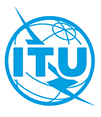Cloud computing - functional requirements of inter-cloud data management
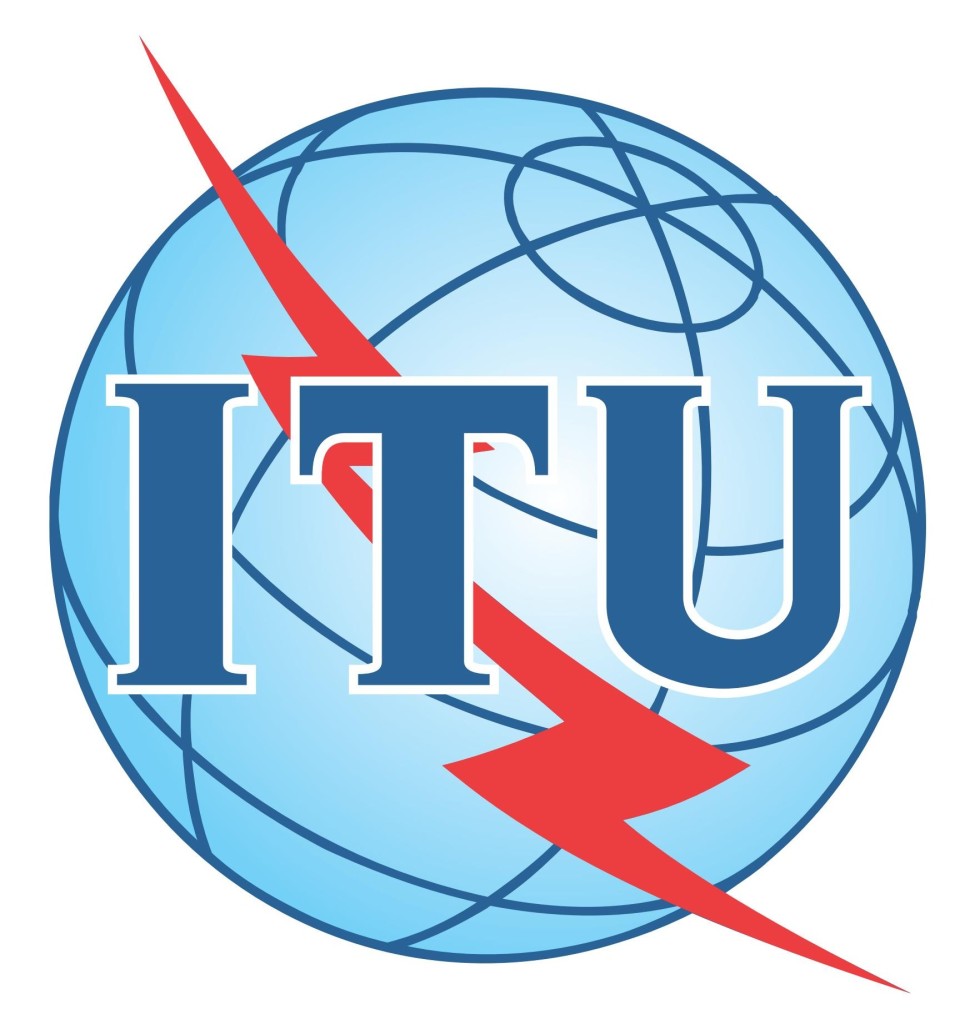

This document defines the artifacts and APIs that need to be offered by a Platform as a Service (PaaS) cloud to manage the building, running, administration, monitoring and patching of applications in the cloud. Its purpose is to enable interoperability among self-service interfaces to PaaS clouds by defining artifacts and formats that can be used with any conforming cloud and enable independent vendors to create tools and services that interact with any conforming cloud using the defined interfaces. Cloud vendors can use these interfaces to develop new PaaS offerings that will interact with independently developed tools and components.
This document defines the artifacts and APIs that need to be offered by a Platform as a Service (PaaS) cloud to manage the building, running, administration, monitoring and patching of applications in the cloud. Its purpose is to enable interoperability among self-service interfaces to PaaS clouds by defining artifacts and formats that can be used with any conforming cloud and enable independent vendors to create tools and services that interact with any conforming cloud using the defined interfaces. Cloud vendors can use these interfaces to develop new PaaS offerings that will interact with independently developed tools and components.
The following is a non-exhaustive list of the use cases which are supported by this specification.

The present document presents the architecture of the Hypervisor Domain of the NFV Infrastructure which supports deployment and execution of virtual appliances. The present document will primarily focus on the use of hypervisor for virtualisation, due to time and resource constraints, However, the hypervisor requirements are similar if not the same for implementing linux containers or other methods for virtualisation.
NOTE: From WikiArch: "Linux Containers (LXC) are an operating system-level virtualisation method for running multiple isolated server installs (containers) on a single control host. LXC does not provide a virtual machine, but rather provides a virtual environment that has its own process and network space. It is similar to a chroot, but offers much more isolation".
There needs to be further research w.r.t to Linux Containers, including developing the ecosystem.
As well as presenting a general overview description of the NFV Infrastructure, the present document sets the NFV infrastructure and all the documents which describe it in the context of all the documents of the NFV. It also describes how the documents which describe the NFV infrastructure relate to each other.
The present document does not provide any detailed specification but makes reference to specifications developed by other bodies and to potential specifications, which, in the opinion of the NFV ISG could be usefully developed by an appropriate Standards Developing Organisation (SDO).
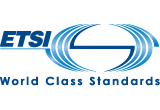
Use case and functional requirements for Inter-Cloud Computing (The Global Inter-Cloud Technology Forum is discontinued).
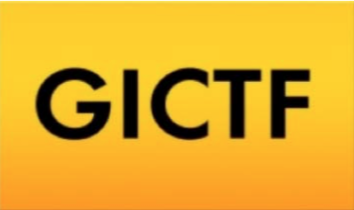
Recommendation ITU-T F.743.2 defines the cloud storage service requirements in visual surveillance. Cloud storage enables service users to have ubiquitous, convenient, on-demand network access to a shared pool of configurable storage resources, which can be rapidly provisioned and released with minimal management effort or service-provider interaction. Cloud storage can realize flexible and reliable data storage for large-scale visual surveillance, and its components are modularized and allocated dynamically based on real usage. This Recommendation provides the application scenarios and requirements for cloud storage in visual surveillance.
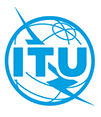
Recommendation ITU-T Y.3600 provides requirements, capabilities and use cases of cloud computing based big data as well as its system context. Cloud computing based big data provides the capabilities to collect, store, analyse, visualize and manage varieties of large volume datasets, which cannot be rapidly transferred and analysed using traditional technologies.
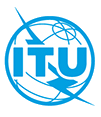
Recommendation ITU-T F.743.8 specifies the requirements for a cloud computing platform supporting visual surveillance. Cloud computing is an emerging technology aimed at providing various computing services over the Internet. Using virtualization technology, a cloud computing platform realizes a ubiquitous and flexible shared resources pool that can be rapidly provisioned and released with minimal management effort or service-provider interaction based on the needs of users. By using the cloud computing technology, the visual surveillance system can conveniently manage various functional components and services, such as video distribution, video transcoding and intelligent video processing. This Recommendation provides the application scenarios and requirements for a cloud computing platform supporting a visual surveillance system.
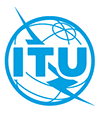
This Supplement provides a summary of cloud-computing-related deliverables in ITU-T study groups (SGs) and other standards development organisations (SDOs). Also, this supplement provides a common matrix for mapping these deliverables to different cloud-related categories. With the common matrix, this supplement provides analysis for cloud-computing-related deliverables in ITU-T SGs and other SDOs.
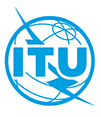
This Recommendation describes functional architecture for cloud service brokerage (CSB). To provide the functional architecture for CSB, the CSB functions based on configurations which have been identified in [ITU-T Y.3506] are introduced. This Recommendation also provides the relationship between the CSB functional architecture and the cloud computing reference architecture in [ITU-T Y.3502].
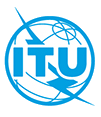
Recommendation ITU-T Y.3508 provides an overview and high-level requirements for distributed cloud. This Recommendation introduces the concept of the distributed cloud and identifies the characteristics of distributed cloud. Based on concept and characteristics, configuration models are illustrated. Deployment considerations of distributed cloud are provided in perspective of infrastructure, network, service, management and security. From use cases, high-level requirements of the distributed cloud are derived.
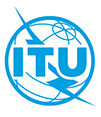
This Recommendation provides functional framework and requirements for cloud computing maturity. It introduces the overview of cloud computing maturity and identifies the cloud computing maturity model including cloud customer management module, cloud resource management module, cloud service management module and cloud security management module. Additionally, this Recommendation provides cloud computing maturity requirements derived from use cases.
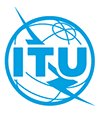
This Recommendation specifies the overview and requirements of containers. The scope of this recommendation includes: " Overview of container concept including characteristics, Comparison between containers and VM, and Relationship between containers and VM; " Requirements of containers ; " Use cases of containers.
